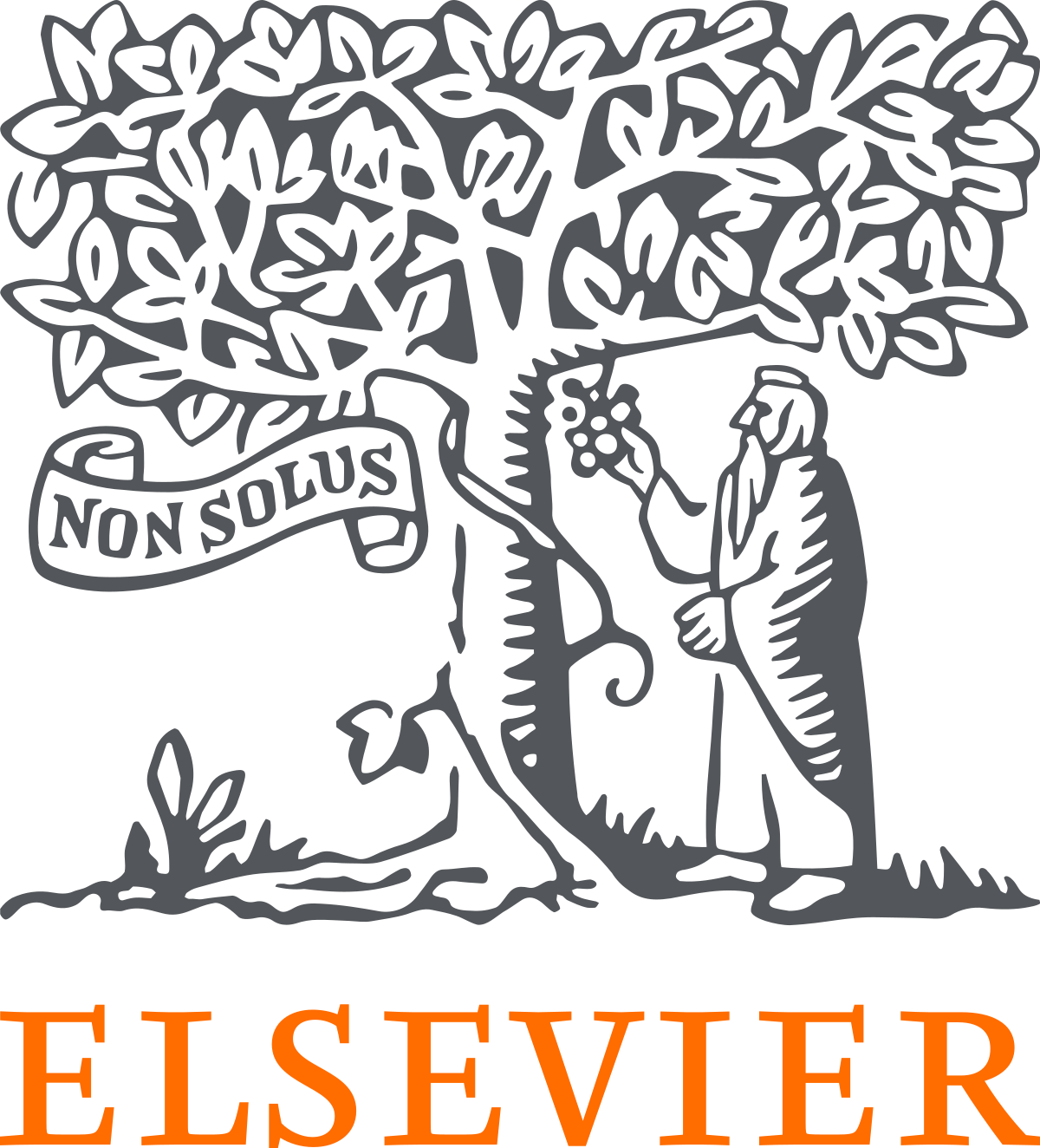Application of the Homotopy Perturbation Method to Nonlinear Partial Differential Equations
Keywords:
Homotopy Perturbation Method, Heat equation, Linear and Nonlinear PDE.Abstract
In this paper, we investigate the efficiency of the Homotopy Perturbation Method (HPM) in solving both linear and nonlinear partial differential equations (PDEs). The method is applied to a series of classical problems such as the heat equation, nonlinear Schrödinger equation, telegraph equation, and reaction–diffusion models. In all cases, HPM provides solutions that either coincide with the exact analytical results or yield rapidly convergent series approximations. Moreover, several open problems and future directions are discussed, including convergence analysis, stiff and singular problems, fractional PDEs, high-dimensional systems, and real-world applications.
Downloads
References
G. Adomian, Solving Frontier Problems of Physics: The Decomposition Method, Kluwer Academic Publishers, 1994.
J. Biazar and H. Ghazvini, Homotopy perturbation method for solving systems of Volterra integral equations, Chaos, Solitons Fractals, 39(3), (2004), 1253–1258.
S. M. El-Sayed, Application of homotopy perturbation method to the linear and nonlinear heat equations, Appl. Math. Comput., 190(1), (2007), 365–373.
D. D. Ganji and A. Sadighi, Application of He’s homotopy-perturbation method to nonlinear coupled equations, Int. J. Nonlinear Sci. Numer. Simul., 8(3), (2007), 435-443.
I. Hashim, Application of homotopy perturbation method for fractional diffusion-wave equations, Phys. Lett. A, 374(34), (2010), 3474-3479.
J. H. He, Homotopy perturbation method for solving boundary value problems, Phys. Lett. A, 350(1–2), (2006), 87–88.
J. H. He, Homotopy perturbation technique, Comput. Methods Appl. Mech. Eng., 178(3–4), (1999), 257–262.
J. H. He, A coupling method of a homotopy technique and a perturbation technique for nonlinear problems, Int. J. Non-Linear Mech., 35(1), (2000), 37–43.
J. H. He, Application of homotopy perturbation method to nonlinear wave equations, Chaos Solitons Fractals, 26(3), (2005), 695-700.
H. Jafari and H. Tajadodi, Application of homotopy analysis method for solving fractional KdV–Burgers equation, Comput. Methods Appl. Mech. Eng., 16(3), (2011), 1138-1149.
S. A. Khuri, A new approach to solving linear and nonlinear PDEs via the homotopy analysis method, Appl. Math. Comput., 218(6), (2012), 2763-2775.
S. Liao, The proposed homotopy analysis technique for the solution of nonlinear problems, PhD Thesis, Shanghai Jiao Tong University, 1992.
S. Momani and Z. Odibat, Analytical approach to fractional differential equations by modified homotopy perturbation method, Appl. Math. Comput., 177(2), (2006), 488–494.
M. A. Noor and S. T. Mohyud-Din, Variational iteration method for solving higher-order nonlinear PDEs, Int. J. Nonlinear Sci. Numer. Simul., 11(1), (2010), 7-12.
Z. Odibat and S. Momani, Modified homotopy perturbation method: application to fractional differential equations, Chaos Solitons Fractals, 36(1), (2008), 167-174.
M. Rafei, D.D. Ganji, H. Daniali, and H. Pashaei, The variational iteration method and homotopy perturbation method for solving Burgers’ equation, Appl. Math. Comput., 190(2), (2007), 437–445.
A. M. Wazwaz, A new algorithm for calculating Adomian polynomials for nonlinear operators, Appl. Math. Comput., 111(1), (2000), 53-69.
A. Yildirim, A homotopy perturbation method for nonlinear evolution equations with variable coefficients, Appl. Math. Comput., 219(6), (2013), 2888-2895.
Downloads
Published
How to Cite
Issue
Section
License

This work is licensed under a Creative Commons Attribution-ShareAlike 4.0 International License.
All papers should be submitted electronically. All submitted manuscripts must be original work that is not under submission at another journal or under consideration for publication in another form, such as a monograph or chapter of a book. Authors of submitted papers are obligated not to submit their paper for publication elsewhere until an editorial decision is rendered on their submission. Further, authors of accepted papers are prohibited from publishing the results in other publications that appear before the paper is published in the Journal unless they receive approval for doing so from the Editor-In-Chief.
IJISAE open access articles are licensed under a Creative Commons Attribution-ShareAlike 4.0 International License. This license lets the audience to give appropriate credit, provide a link to the license, and indicate if changes were made and if they remix, transform, or build upon the material, they must distribute contributions under the same license as the original.





